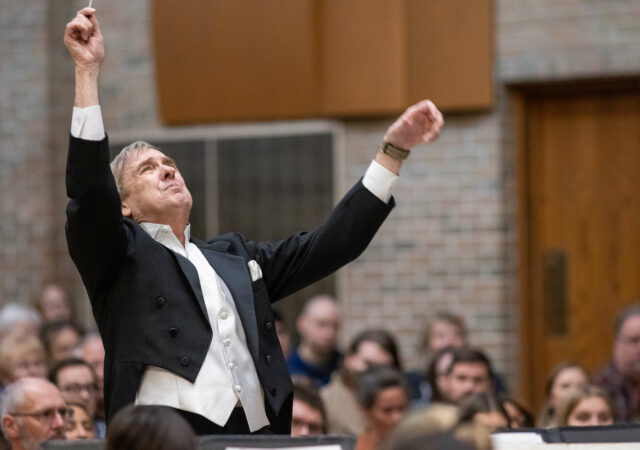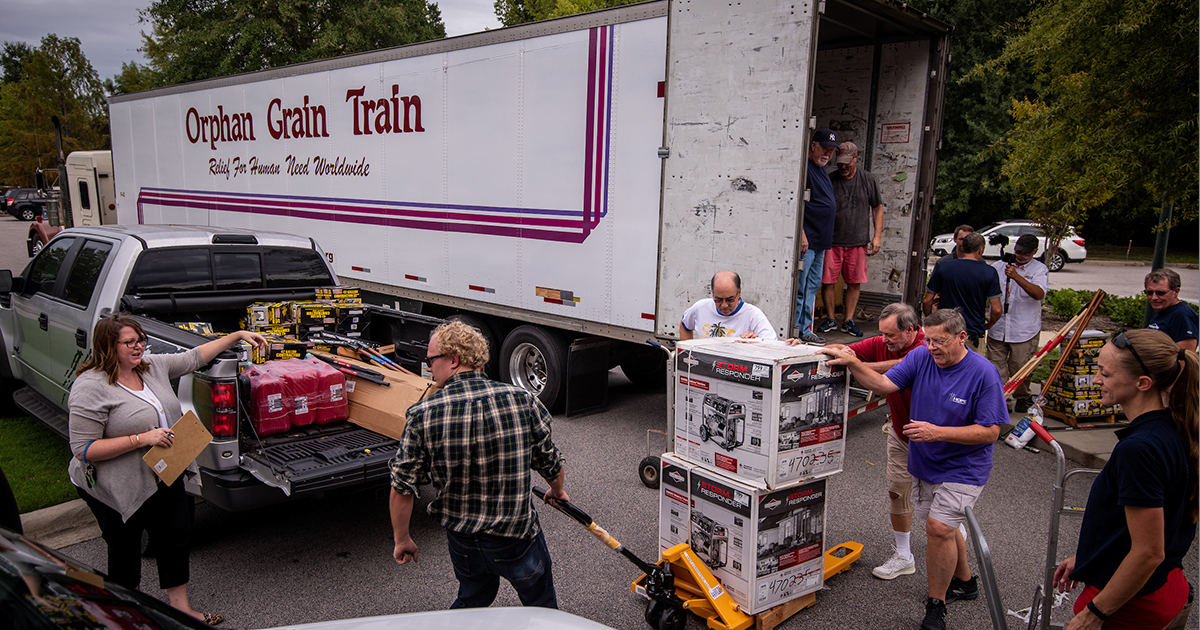
By Kevin Armbrust
HAVELOCK, N.C. — Houses stand empty. Restaurants have no food. Some places have electricity, but many do not. Windblown, uprooted trees lie among receding floodwaters.
Many of the citizens of Havelock have not yet returned home after the mandatory evacuation that was issued last week as Hurricane Florence approached the southeastern United States.
For those who have returned and for those who decided to ride out the storm, the cleanup and recovery are underway. Florence unleashed 24 inches of rain on Havelock and the surrounding communities.
Subsequent showers only made things worse. An unknown number of homes need mucking out and repair, roofs bear the effects of both wind and fallen branches, and water damage mars the interiors of homes and businesses throughout southeastern North Carolina.
‘The cross still stood’
St. Paul Lutheran Church in Havelock sustained some damage to its roof. Looking at the church, the Rev. James Daub, pastor at St. Paul, said, “Despite the destruction, the cross still stood. It could have been so much worse. The Lord blessed us. As He does all people.”
Daub recalls listening to Florence’s strong winds throughout Thursday night. He said the sound was like a freight train interrupted by falling trees.
Florence made landfall at Wrightsville Beach, N.C., on Friday, Sept. 14, but rivers continue to crest well above flood stage.
In the face of the destruction, the people of God once again are coming together to serve their neighbor in every way they know how, reflecting the love of Christ.
Surveying the damage around the parsonage, Daub sighed, smiled and said, “I’m not worried about my yard. Or cleaning up my stuff. … I’m just thankful that people are OK. There is a lot of loss of property, but that’s all replaceable.”
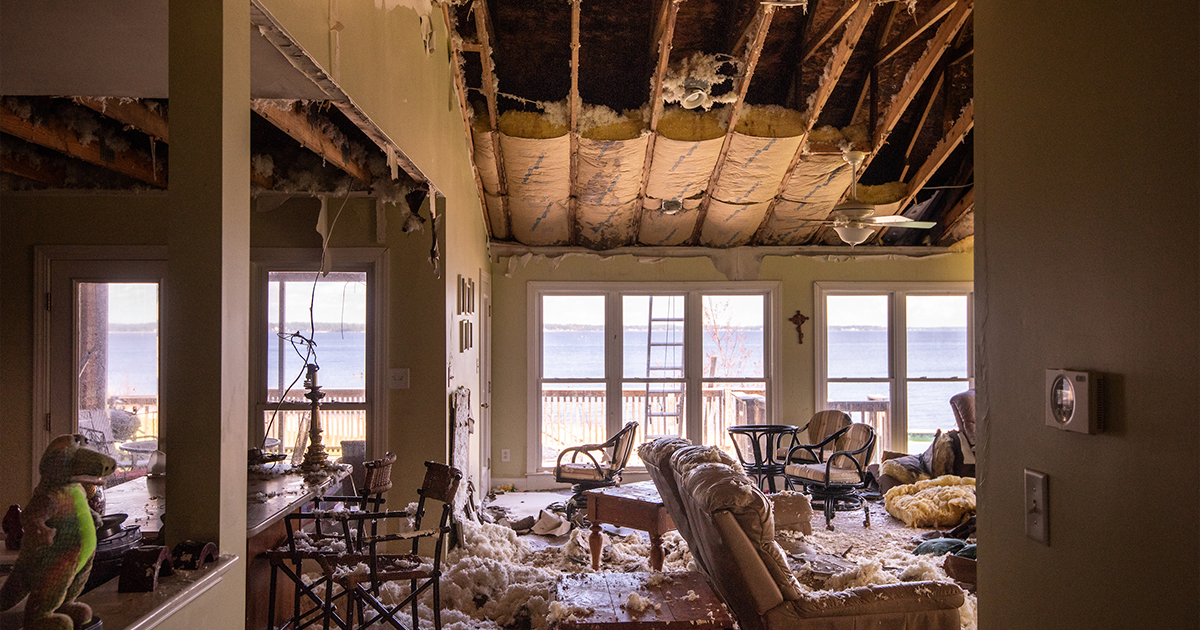
Neighbor helping neighbor
Stories of neighbor helping neighbor abound. A Mexican restaurant in Havelock served free lunches until they ran out of food.
Another restaurant knew their food would spoil sitting in their freezers without power, so they donated the food to the fire station for the firefighters, policemen and first responders.
Diapers and other supplies have been given freely to those who need them.
“It all starts with the love of God. He loves us, and we get to love other people,” said the Rev. Eric Hollar, associate pastor of Bethel Lutheran Church, Claremont, N.C., who was in Havelock to help clean up. “It isn’t a ‘have to,’ but a ‘get to.’ … God’s love in Jesus means I get to love.”
Hollar, a trained Lutheran Early Response Team (LERT) volunteer, came with other volunteers to help wherever needed. They brought trailers and chain saws to clear trees.
Volunteers are sorely needed and are already arriving wherever the roads have been cleared to grant access to the impacted communities.
“It is wonderful to see the resolve of the Lutheran churches in North Carolina to help rebuild … despite Hurricane Matthew destroying much of the state only two years ago,” said the Rev. Dr. Ross Johnson, director of LCMS Disaster Response. “Reflecting our Lord’s faithful love for us, the Lutherans across North Carolina are committed to loving their neighbor.”
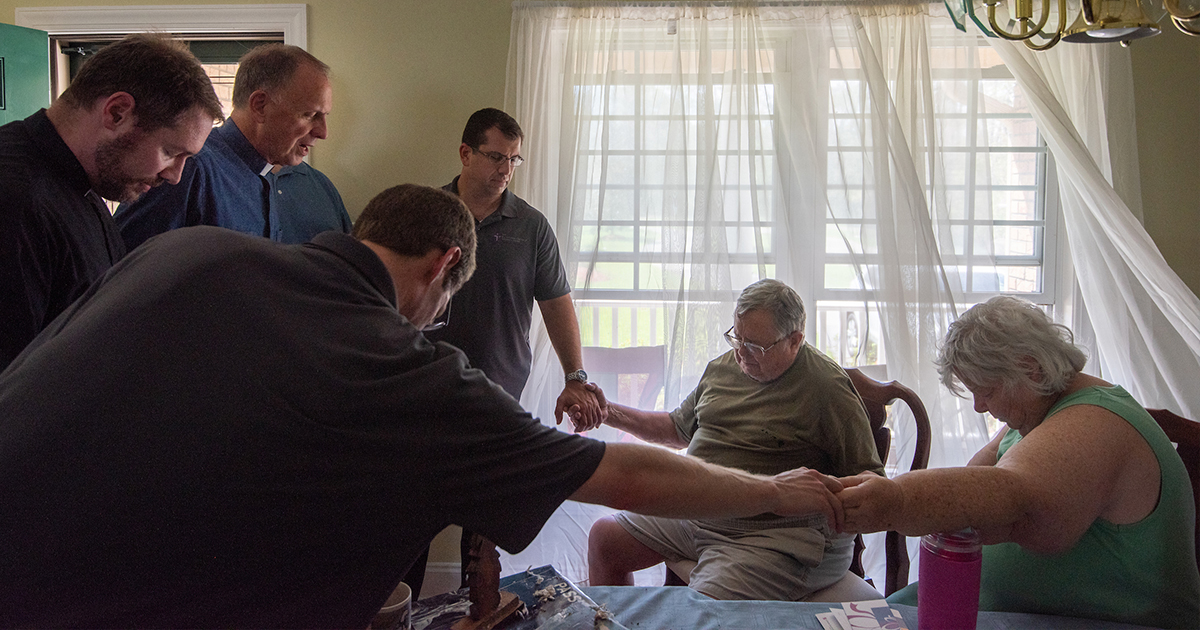
Far away from the affected areas, a volunteer crew assembled at Hope Lutheran Church in Wake Forest, N.C., to unload a semitrailer full of disaster-relief supplies from the LCMS International Center in St. Louis.
Though Wake Forest was largely spared from the storm, the congregation wanted to help.
The Rev. Wayne Puls, senior pastor of Hope, quickly organized volunteers and oversaw the unloading of supplies. He and his congregation are eager to help their sister congregations and the communities that are suffering.
“I want to be here because it’s sad that the hurricane came and hurt people,” said 14-year-old Katharine Winiewicz, a member of Hope, who came with her father, Bill, to help unload the truck. “I want to help them in any way I can. Some people can’t help themselves, but we can help them.”
“I’m very humbled and excited to be part of a Synod and district that acted so quickly. The Synod worked hard to get this truck loaded,” said the Rev. Lewis Upchurch, associate pastor at Hope. “We met here as a district with LCMS Disaster Response to make sure we use the resources responsibly to help those who need them.”
Hope will now distribute the supplies to churches and communities in need. This timely cooperation between the Synod and the LCMS Southeastern District (SED) is already benefiting local congregations, with plans to stay and serve as needs continue.
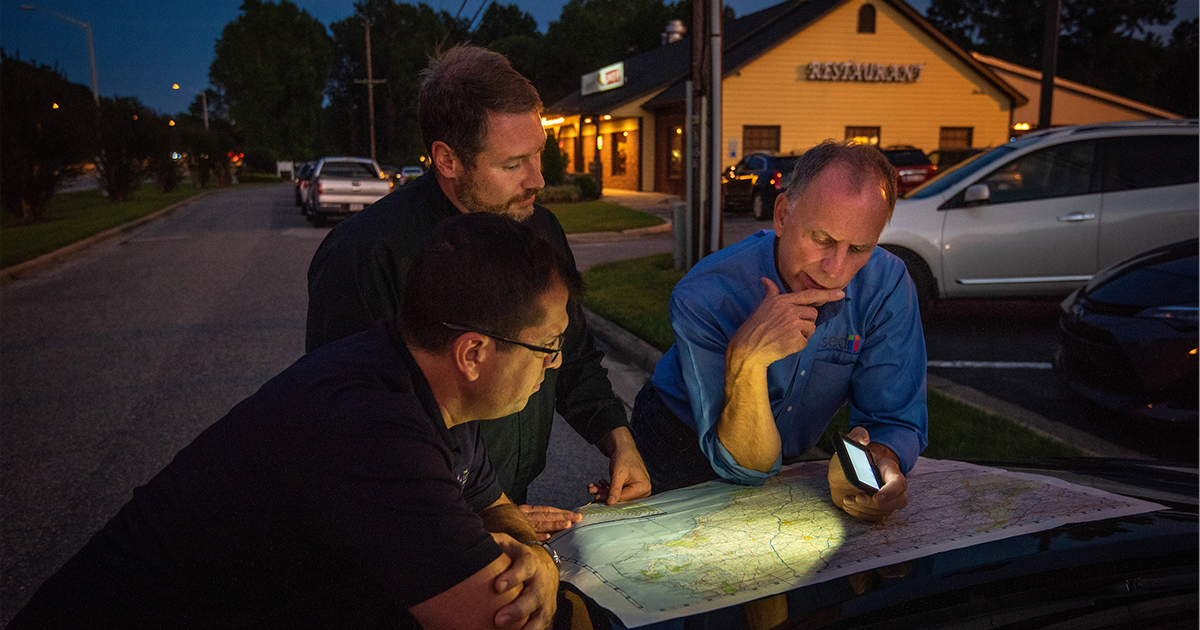
‘The church at her best’
The Rev. Dr. John R. Denninger, president of the SED, has been on site meeting with LCMS Disaster Response and local congregations to assess needs, give aid where possible and ensure the ongoing support in this work.
“Through the generosity of the people of the LCMS, both churches received supplies … to help them begin the cleanup and recovery phase in their churches [and] the homes of members and their neighbors,” said Denninger. “We saw the church at her best as a team of SED volunteers … came from Bethel, Claremont, and St. Stephen’s, Hickory, to assist with the cleanup and chain-saw effort.”
A cross hangs on an office door inside St. Paul’s damaged church building. Written inside it are the words, “It is well with my soul.”
Body and soul are entrusted to the One whose death and resurrection fulfill God’s promise of love.
In storms and in calm, in times of destruction and in time of deliverance, the cross still stands as it always has, and as it will until Jesus returns.
To find out how to volunteer or contribute to the relief effort on the ground, go to se.lcms.org.
To help bolster the response capacity in the “where needed most” disaster fund and strengthen the Synod’s disaster-relief arm in responding quickly to future disasters, please visit lcms.org/givenow/disaster or text LCMSHURRICANES to 41444.
Give Now: Where Needed Most Give Now: Hurricane Relief
See additional photos related to this story at facebook.com/TheLCMS.
Posted Sept. 20, 2018




